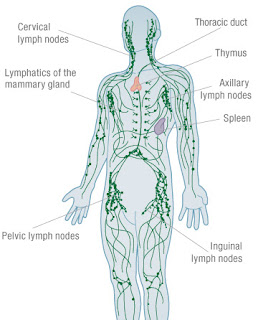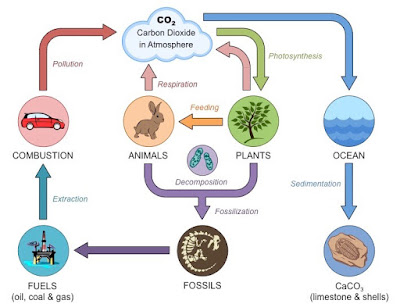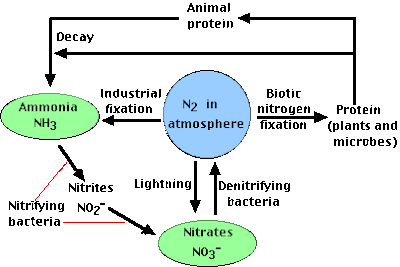Lymphatic System

- Blood transports materials such as oxygen, hormones and nutrients. In order for the nutrients to reach the individual cells, tissue fluids are used. They surround the tissues, and act as a ‘middle man’ between the blood and the tissues. - The lymphatic system drains this tissue fluid away from the cells using lymph vessels. - Lymph glands pass to the lymph glands which act as filters. The glands contain many white blood cells. The glands may become swollen during an infection, due to increase production of white blood cells. - Lymph fluid pass on only one direction, because of the presence of valves (similar to veins) Functions of Lymphatic system - Transport tissue fluids back into the blood - ...

